Blog
2019.12.25
Kanda
The Japanese New Year’s Tradition of Toshikoshi-soba and the Old Fashioned Soba Shops of Kanda
Our Kanda blog series has finally reached its 10th entry. The number 10 has a certain sense of finality to it, so it’s only fitting that we’ve also entered the final month of the year. No doubt everyone will be getting busier and busier as we head towards New Year’s. In Japan, the month of December is often called “Shiwasu” (師走). The first character 師 refers to a master or a monk, and the second character走 means “to run”. The meaning of the word stems from a Japanese custom of calling a monk to one’s house and having them read a Buddhist sutra at the end of the year. It’s a particularly busy time of year for monks, who are running around, hence the term “Shiwasu” (師走). However, since awareness of religious traditions seems to be on the decline in modern Japan, another interpretation has emerged which suggests that “師” refers simply to a busy teacher.
Additionally, although it isn’t in any way religious, there is another common December tradition that has continued to this day. That tradition is the eating of soba on December 31st to greet the New Year. For the 10th entry in our Kanda series, we’d like to explain the Japanese tradition of Toshikoshi-soba, and also introduce some old fashioned soba restaurants in the Kanda area.
Toshikoshi-soba Leads To Long Life?
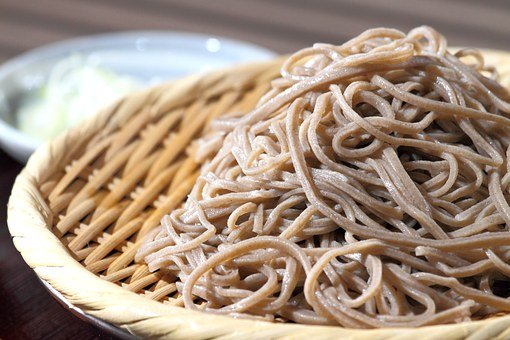
It seems that over 50% of Japanese people eat Toshikoshi-soba on December 31st!
Although the exact origin of this custom is not clear, it’s said to have stemmed from the Edo period. Towards the middle of the Edo Period it seems there was a custom among merchant families of eating soba on the final day of the month. This was called “misoka soba”. It seems that it then came to only be eaten on December 31st (which in Japanese is called oomisoka), and thus adopted the name Toshikoshi (end of the year) soba.
As to why it became custom to eat specifically soba, several conflicting theories exist. One frequently cited theory is that because soba noodles are thin and long, people prayed they would bring long life. Another theory, however, suggests that because soba noodles are so easy to cut, they were eaten to symbolize the act of “cutting off” something negative, such as all the year’s woes, troubles, or debts.
With the first theory, it would seem to be a problem that the noodles symbolize long life, yet are cut so easily. For the second theory, one might say that since the noodles are long, they could be seen as representing how our troubles never end. However, both theories seem to choose the more favorable interpretation. Recently, Japanese people have acquired a reputation of being somewhat serious – perhaps in the past they were far more optimistic and positive?
Introducing The Old Soba Shops of Kanda
We’d like to take this opportunity to showcase a few old restaurants in Kanda where you can try some delicious soba.
Kanda Matsuya
Established in 1884, the building was deemed to be a historical landmark by Tokyo Prefecture
The secret taste of Kanda Matsuya
“Kanda Matsuya is thoroughly dedicated to crafting delicious hand-made noodles. We hone our craft day after day so that customers can enjoy the truly unique flavor of freshly crafted and freshly boiled noodles. The fruit of our strict labor and training is the one-of-a-kind taste only to be found at Kanda Matsuya.”
(Quoted from the website below)
Tokyo-to, Chiyoda-ku, Kanda Sudachou 1-13
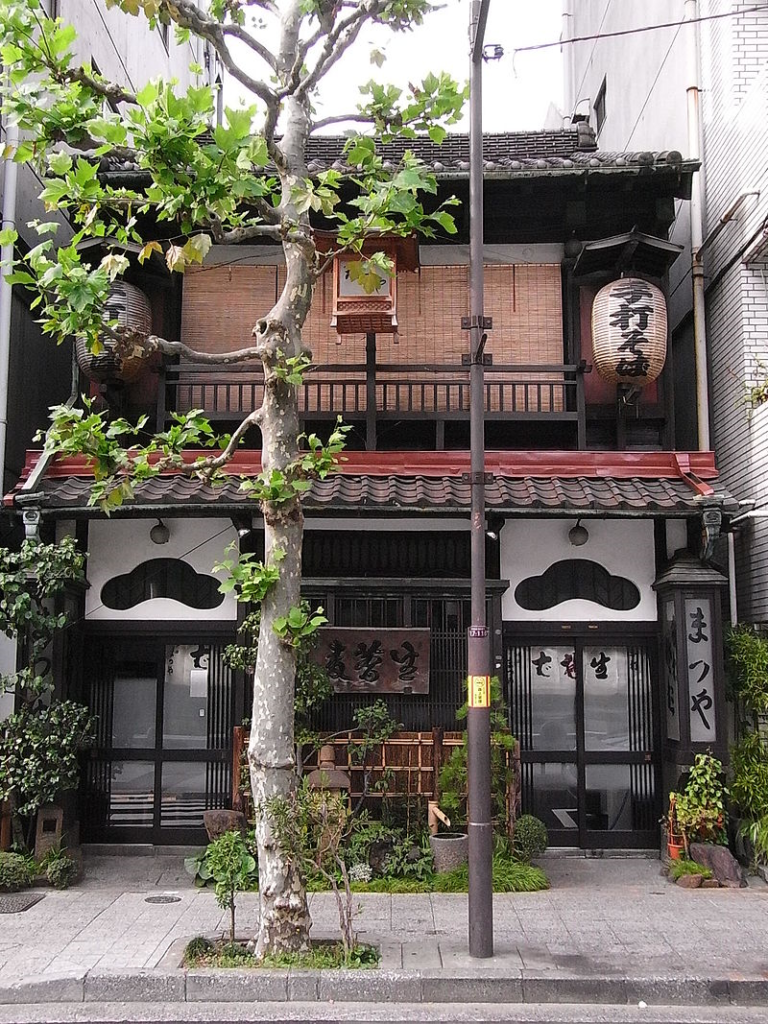
Kanda Matsuya (Photo by 江戸村のとくぞう// CC BY-SA 4.0)
Kanda Yabusoba
Established during the Edo Period
One of the 3 great Edo Soba Shops. The founder was from Edo
“We use only the highest quality grain which is domestically produced (in Nagano, Aomori, Hokkaido, and Ibaraki) with a buckwheat flour to wheat flour ratio of 10:1. Our soba tsuyu (dipping sauce) is made of a bonito flake and kombu broth which has a dry and rich taste.”
(Quoted from the website below)
Tokyo, Chiyoda-ku, Kanda, Awajichō 2-10
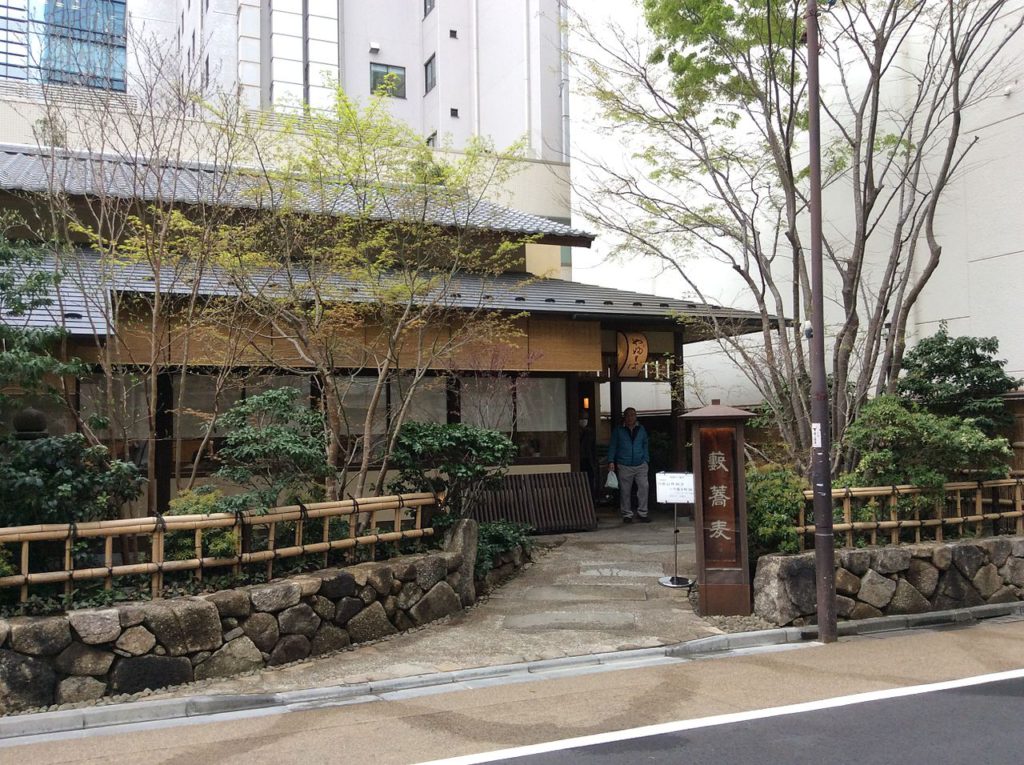
Kanda Yabusoba (Photo by 江戸村のとくぞう// CC BY-SA 4.0)
Muromachi Sunaba
Established during the Edo Period
One of the 3 great Edo Soba Shops. Originated in Osaka.
“We bring to the present a tradition started long ago, and offer it to you just as it was back then. Over the span of 130 years, we have been fortunate to receive the patronage of generations after generations of customers. Though the preferences and tastes of customers change with each era, we cannot provide particularly novel dishes. Instead we hope only that we can humbly continue the honest work of the past.”
(Quoted from the website below, “A word from the owner”)
http://www.kibati-kai.net/02kamei/kameiten/muromati_sunaba/
Tokyo, Chuo-ku, Nihonbashi, Muromachi 4-1-13
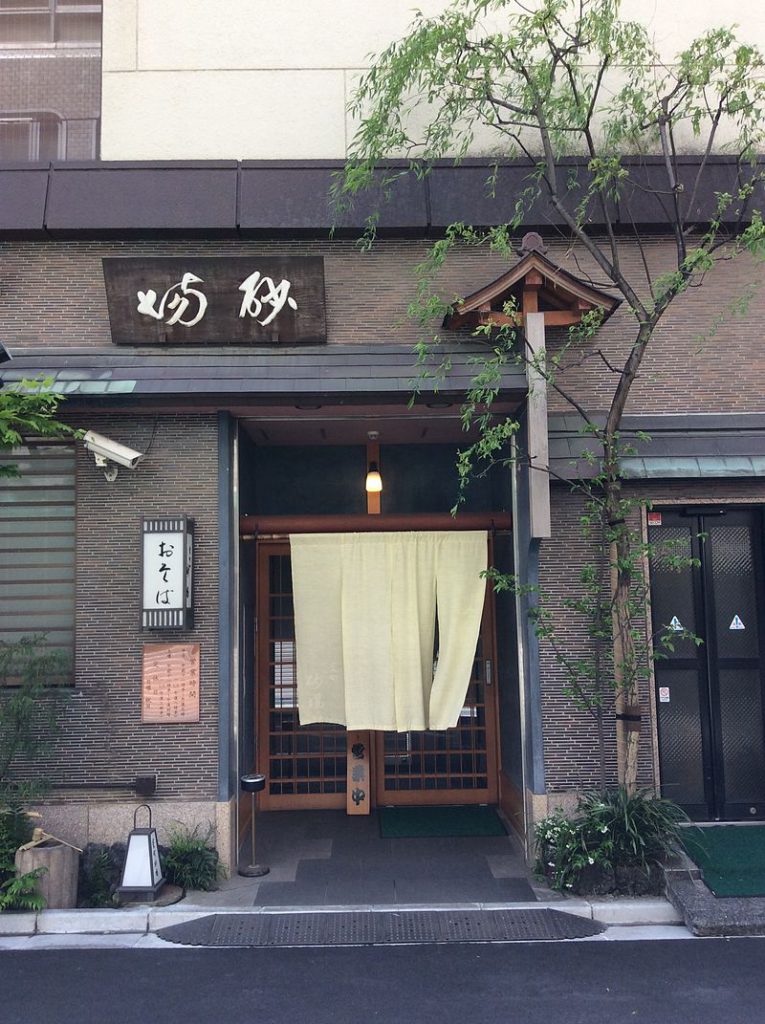
Muromachi Sunaba (Photo by 江戸村のとくぞう// CC BY-SA 4.0)
Kanda Nishikichō Sarashina
One of the 3 great Edo Soba Shops.
“We are a family of 4 generations, diligently crafting soba in Kanda. In a rapidly changing area like Kanda, we continue to serve traditionally-made soba noodles. We are also engaged in various activities in order to pass down the history and traditions of our city to our children for posterity. We strive to create not only soba, but also a community. “
(Quoted from the website below, “A word from the owner”)
http://www.kibati-kai.net/02kamei/kameiten/nishiki_sarasina/
Tokyo, Chiyoda-ku, Kanda, Nishikichō, 3-14
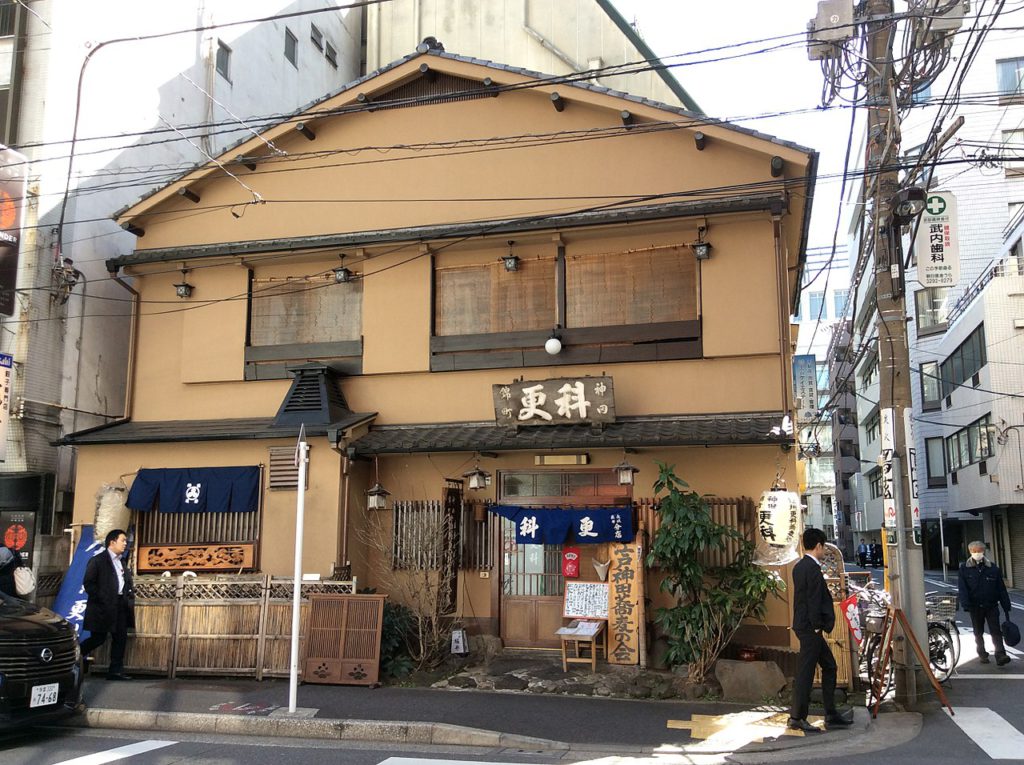
Kanda Nishikichō Sarashina (Photo by 江戸村のとくぞう// CC BY-SA 4.0)
Kanda Owariya
An old soba restaurant operational since Taisho 9 (1920).
“Since our establishment 80 years ago, we have been working diligently to preserve the unique taste of traditional Japanese soba noodles. The soba used at our restaurant comes from a specially contracted farm in Asahikawa, Hokkaido, where it is locally produced, subjected to strict quality control procedures, and finally processed at our company’s own milling plant. Our Tokyo-style, high quality, thin soba noodles coupled with our strong tare dipping sauce are particularly delicious. We eagerly hope that you give them a try.”
(Quoted from the website below)
http://www.kibati-kai.net/02kamei/kameiten/owariya/index.html
Tokyo, Chiyoda-ku, Kanda, Sudachō 1-24-7
Similar Posts
[jetpack-related-posts]



Leave a Reply